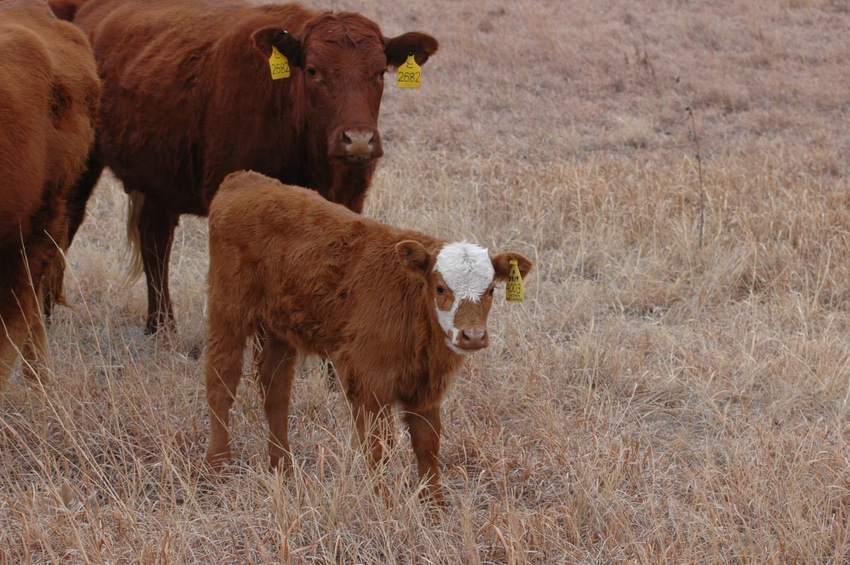Being intentional with how you think about and manage your operation sets you up for success.

In going through my notes from the Cattle Industry Convention, I sat in on a very interesting session during the Cattlemen’s College. As Burke Teichert points out, attending the convention isn’t cheap. But if you consider it a working vacation where you’ll learn a lot of valuable information you can take home and put to work on your operation, I think it’s well worth the investment. The Cattlemen’s College and trade show alone make it worthwhile.
This session featured Hugh Aljoe with the Noble Research Institute in Ardmore, Okla. Aljoe went through a list of thought processes and management practices that define who is and is not an “intentional producer.”
A producer who approaches managing the operation intentionally experiences fewer surprises, Aljoe told the audience. “They are able to hit the target more frequently because they never lose sight of what’s important. And if there is a surprise, they handle it easier.”
Aljoe says an intentional producer asks two initial questions—First, what do I want to achieve, for the operation and for myself? Then, how am I going to get there?
READ: Soil health comes first, then grass, livestock
He went through a list of things that an intentional producer does and thinks about during the year. All of those have been fodder for articles in BEEF magazine and in our digital newsletters and website for years. But there was one thing he mentioned that piqued my interest.
When he was discussing stocking rate, he suggested to graze intentionally, leaving adequate residual. And use a water-year table.
A what? A water-year table—it helps you monitor your rainfall and plan accordingly.
Here’s how it works, at least as best I can decipher from my notes. If you want more detail, I’m sure the folks at Noble will be glad to visit with you.
The water year begins in October, which is when recharge begins in the soil profile, he says. Since we’re past that month, or haven’t gotten there yet, depending on your perspective, you can set it up now and have it ready as you go into the spring and summer grazing season.
The table is a list of the average long-term monthly precipitation at various points on your operation, put on a percent basis. Then you do the same with current monthly precipitation and determine if there’s a variance.
If you’re on the plus side, you’ll have grass to graze. If it’s negative, it’s time to start planning how you’ll destock going into the drought.
“The producers I worked with during the drought of 2011, they saw it coming,” Aljoe said. “They destocked in early May. In April, when it was -19%, that’s what they destocked by, 20%. They made it through the rest of the summer just fine. But they had an early warning system.”
Related: Drought's impact on cow inventory
Which leads us to the amount of residual in a pasture. Like everything in ranching, no management practice stands alone. Everything is integrated and inter-related.
Take, for instance, the combination of drought planning and soil organic matter. The higher the organic matter in your soils, the better your pasture ecosystem can weather drought.
Building or maintaining soil organic matter occurs two ways, he said. It comes from the roots and it comes from the material above ground. That’s why it’s important to leave sufficient residual. Remember, the old rule of thumb of take half and leave half doesn’t mean you take the half that grows above the surface.
“If you can increase your organic matter by 1%, you can hold an additional 0.7 to 1 inch of rainfall in the soil that doesn’t run off,” Aljoe said. “A lot of soils I see are close to 1%. Just go to 2% and you increase your production.”
That’s something worth being intentional about.
About the Author(s)
You May Also Like



